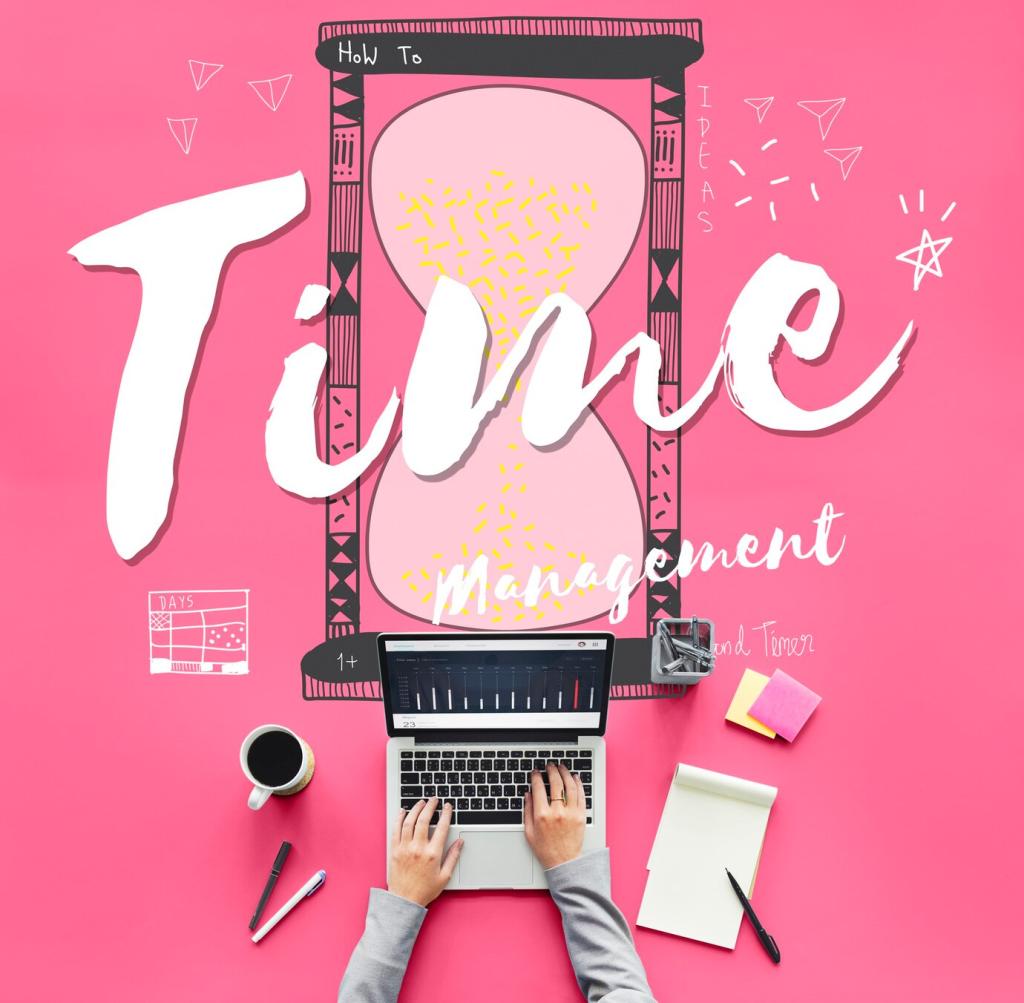Crafting SEO-Focused Content for Interior Designers
In the highly visual and competitive world of interior design, establishing a strong online presence is paramount. Crafting SEO-focused content tailored for interior designers not only enhances your website’s visibility but also attracts the right audience—potential clients seeking your unique aesthetic and expertise. By strategically aligning your content with search engine algorithms and user intent, interior designers can showcase their portfolio, share industry insights, and grow their brand.

Previous
Next
Finding the Right Keyword Opportunities
Choosing the right keywords involves delving deep into the language your audience uses. Instead of guesswork, utilize tools and resources that highlight popular search terms related to interior design. These might include styles like “Scandinavian living room,” services such as “kitchen remodel designer,” or informational terms like “best paint colors for small spaces.” By pinpointing high-intent keywords, you can craft content that matches what clients are searching for, vastly improving your chances of ranking highly and attracting organic traffic.
Integrating Long-Tail Keywords Effectively
Long-tail keywords, which are more specific phrases, offer immense value for interior designers. Phrases like “eco-friendly modern apartment makeover” attract targeted visitors who are closer to making a decision. By weaving these into your blog posts, service pages, and project descriptions, you boost your relevance for niche searches and increase the likelihood of converting visitors into clients. Carefully integrated long-tail keywords ensure your content feels natural and informative rather than forced.
Balancing Search Volume and Competition
Some keywords attract thousands of searches per month, while others are highly specific with lower volumes. It’s crucial to strike a balance between pursuing high-traffic keywords and targeting less competitive, niche queries. For interior designers, this means not only aiming for broad terms but also pursuing specialized topics where you can stand out. With strategic planning, your content can capture both wide and focused audiences, steadily increasing your influence and web traffic.

Combining Visual Storytelling with SEO
Interior design is a visually driven field, so effective content must harness rich imagery and storytelling while satisfying SEO criteria. From photo galleries to project walkthroughs, every narrative should incorporate optimized image file names, descriptive alt text, and keyword-rich captions. This not only enhances the user experience but also helps search engines better understand and rank your visual assets.

Creating Resources That Showcase Expertise
High-performing content often takes the form of how-to guides, design trend breakdowns, and before-and-after project features. Such resources demonstrate your expertise and provide real value to readers. By answering common design questions and offering actionable advice, you position yourself as a trusted authority. Each piece should be optimized with relevant keywords and structured for readability to ensure it performs well in search results.

Maintaining Consistent Branding and Voice
Your website and content should consistently reflect your unique aesthetic and professional voice. Clear, stylish messaging builds trust and recognition, making you memorable to potential clients. Whether writing a blog, describing a portfolio piece, or introducing a new service, consistency in tone and branding strengthens your connection to your target audience while reassuring search engines of your site’s credibility and reliability.
